Is your GE dishwasher displaying the LD code? Don’t worry, you’re not alone. Many GE dishwasher owners have encountered this frustrating error code that indicates a long drain or a leak detection issue. But fear not, because we’re here to help you resolve this problem and get your dishwasher back to working condition.
Dealing with the LD code can be challenging, especially if you’re not sure what’s causing it. Is it a kinked drain hose? A malfunctioning float valve? Or perhaps an issue with the water inlet valve? In this article, we’ll explore the common causes of the LD code on GE dishwashers and provide you with troubleshooting steps to fix the issue once and for all.
Key Takeaways:
- GE dishwasher LD code indicates a long drain or a leak detection issue.
- Common causes of the LD code include a kinked or blocked drain hose, defective float valve, malfunctioning water inlet valve, broken or blocked spray arms, dish overloading, and using the wrong detergent.
- To troubleshoot and fix the LD code, check the door gaskets, inspect the float valve, ensure the water inlet valve is functioning properly, clean or replace broken spray arms, avoid overloading the dishwasher, and use the correct detergent.
- By addressing these issues, you can resolve the LD code and prevent further leakage in your GE dishwasher.
- Proper maintenance and care will keep your GE dishwasher operating smoothly for years to come.
Common Causes of LD Code on GE Dishwasher
When your GE dishwasher displays the LD code, it indicates a long drain or a leak detection issue. This common problem may prevent your dishwasher from completing its cycle and can be frustrating. However, there are several common causes that can trigger the LD code on a GE dishwasher. By identifying these causes, you can effectively troubleshoot and fix the issue.
Kinked or Blocked Drain Hose
A kinked or blocked drain hose can restrict the flow of water, causing drainage problems in your GE dishwasher. Ensure that the drain hose is properly aligned and free from any obstructions. Straighten any kinks or replace the hose if necessary.
Defective Float Valve
The float valve in your GE dishwasher helps regulate the water level. If the float valve is defective or stuck, it can lead to water overflow and trigger the LD code. Inspect the float valve for any damages and replace it if needed.
Malfunctioning Water Inlet Valve
The water inlet valve controls the flow of water into your dishwasher. If the valve is malfunctioning or blocked, it can disrupt the normal water supply and cause drainage issues. Check the water inlet valve for any faults and replace it if required.
Broken or Blocked Spray Arms
The spray arms in your dishwasher are responsible for distributing water during the wash cycle. If these arms are broken or blocked, water may not be sprayed evenly, leading to drainage problems. Inspect the spray arms for any damages or obstructions and clean or replace them as needed.
Dish Overloading
Overloading the dishwasher with too many dishes can overload the system, causing drainage issues. Make sure to load your dishwasher within its recommended capacity to avoid strain on the drainage system.
Using the Wrong Detergent
Using the wrong detergent can result in excessive suds and prevent proper drainage in your GE dishwasher. Ensure you are using the recommended dishwasher detergent to avoid such issues.
By addressing these common causes, you can effectively troubleshoot and fix the LD code on your GE dishwasher. However, if the issue persists or you are unable to identify the cause, it is recommended to seek professional assistance for a thorough diagnosis and repair.
Comparing Common Causes of LD Code
| Common Causes | Description |
|---|---|
| Kinked or Blocked Drain Hose | A restriction in the water flow caused by a kinked or blocked drain hose. |
| Defective Float Valve | A malfunctioning or stuck float valve that causes water overflow. |
| Malfunctioning Water Inlet Valve | A faulty or blocked water inlet valve that disrupts proper water supply. |
| Broken or Blocked Spray Arms | Damaged or obstructed spray arms that affect water distribution. |
| Dish Overloading | Overloading the dishwasher beyond its recommended capacity. |
| Using the Wrong Detergent | Using detergent that creates excessive suds, hindering drainage. |
How to Troubleshoot and Fix LD Code on GE Dishwasher
To troubleshoot and fix the LD code on your GE dishwasher, follow these steps:
- Check the door gaskets for any wear or damage and replace them if necessary.
- Inspect the float valve and replace it if it is defective.
- Ensure that the water inlet valve is functioning properly and replace it if needed.
- Clean or replace any broken or blocked spray arms.
- Avoid overloading the dishwasher and use the correct dishwasher detergent.
By addressing these issues, you can resolve the LD code and prevent further leakage in your GE dishwasher.
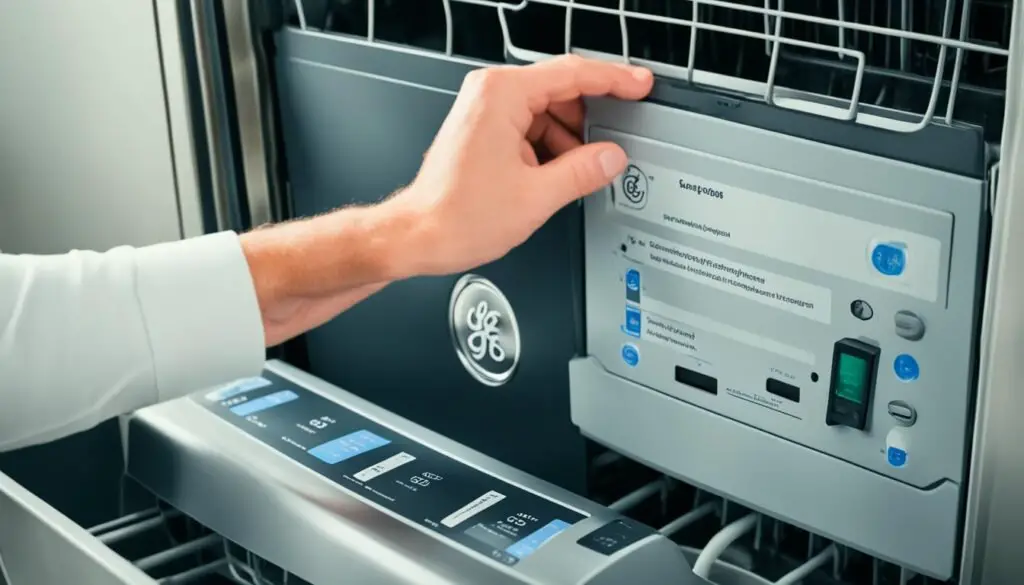
Conclusion
Dealing with the LD code on your GE dishwasher can be frustrating, but there are steps you can take to resolve the issue and restore normal functioning. By identifying the specific cause of the LD code and addressing it accordingly, you can ensure that your dishwasher operates smoothly without any leaks or drainage issues.
Remember to follow the manufacturer’s guidelines and seek professional help if needed. With proper maintenance and care, your GE dishwasher will continue to serve you well for years to come.
FAQ
What does the LD code on a GE dishwasher indicate?
The LD code on a GE dishwasher indicates a long drain or a leak detection issue.
What are the common causes of the LD code on a GE dishwasher?
Common causes include a kinked or blocked drain hose, a defective float valve, a malfunctioning water inlet valve, broken or blocked spray arms, dish overloading, and using the wrong detergent.
How can I troubleshoot and fix the LD code on my GE dishwasher?
Start by checking the door gaskets for wear or damage, replace them if necessary. Inspect the float valve and replace it if defective. Ensure the water inlet valve is functioning properly and replace if needed. Clean or replace any broken or blocked spray arms. Avoid overloading the dishwasher and use the correct detergent.

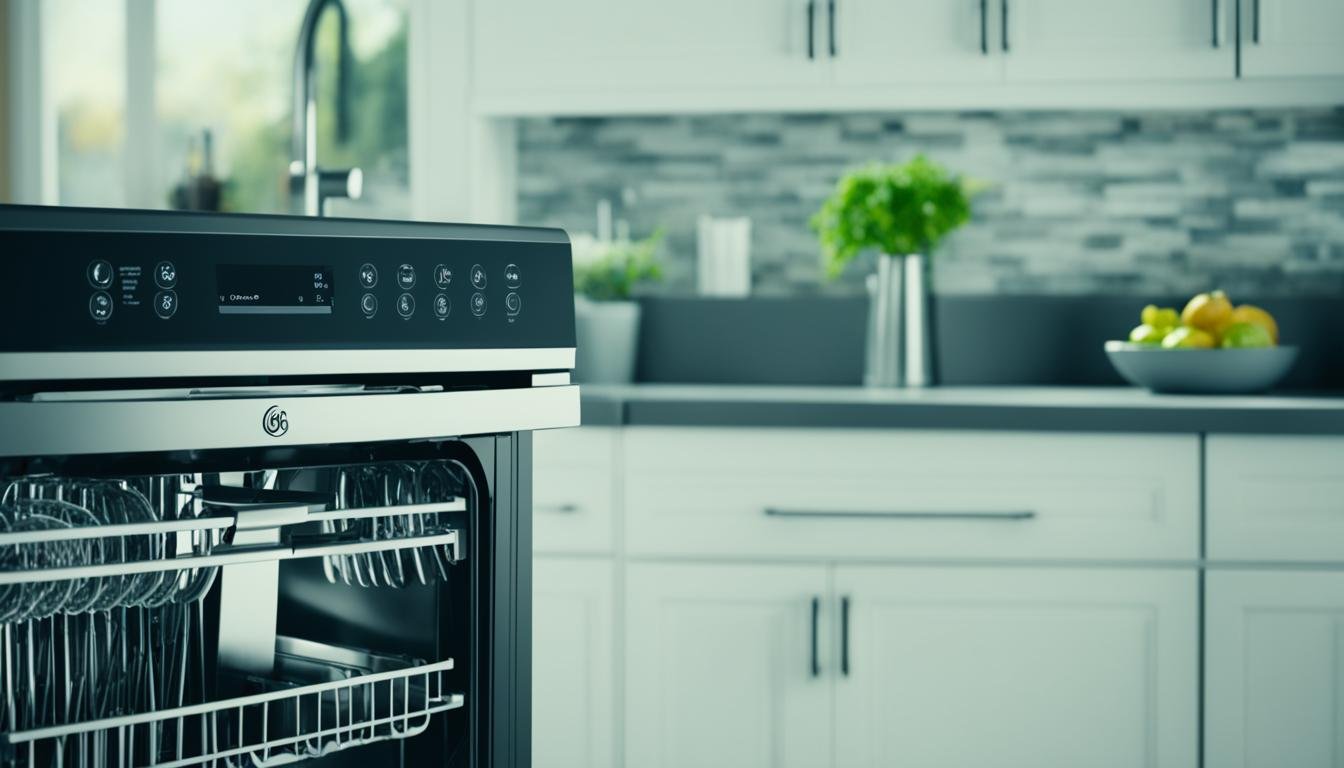
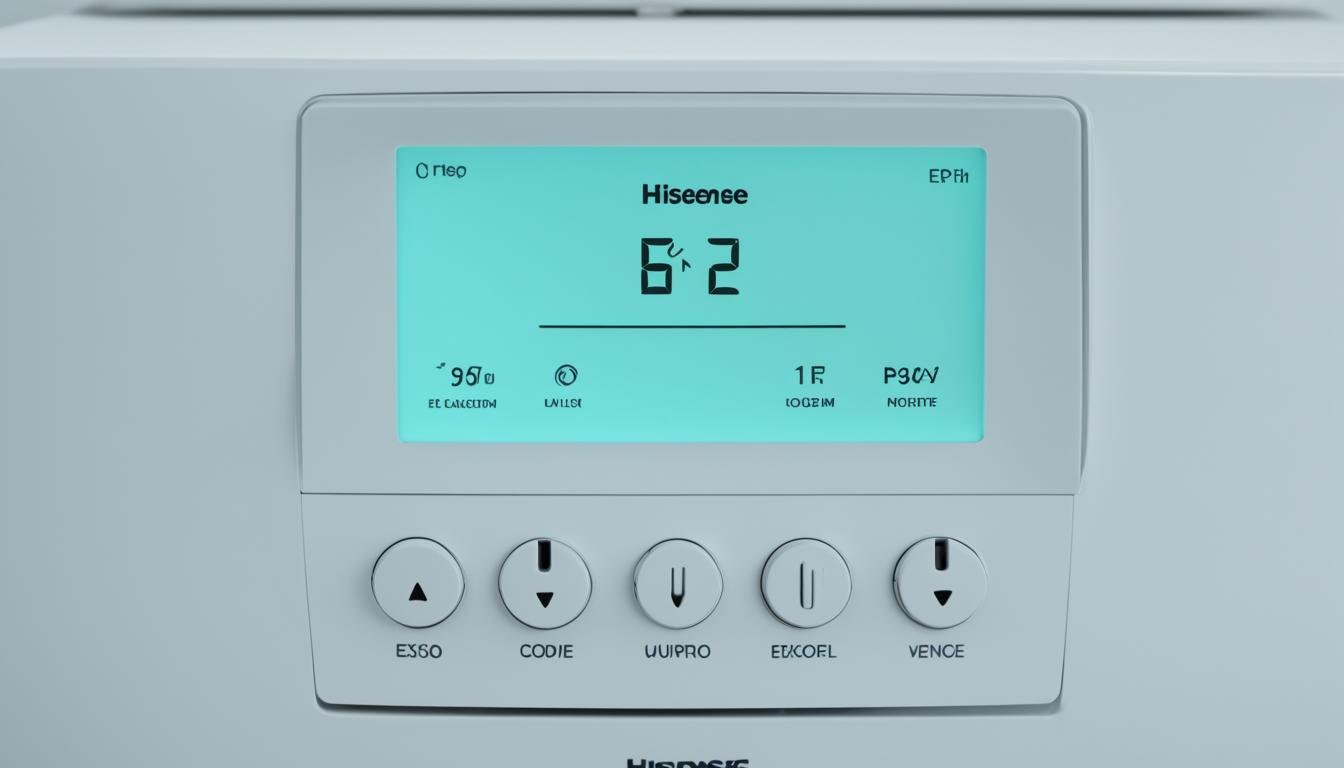
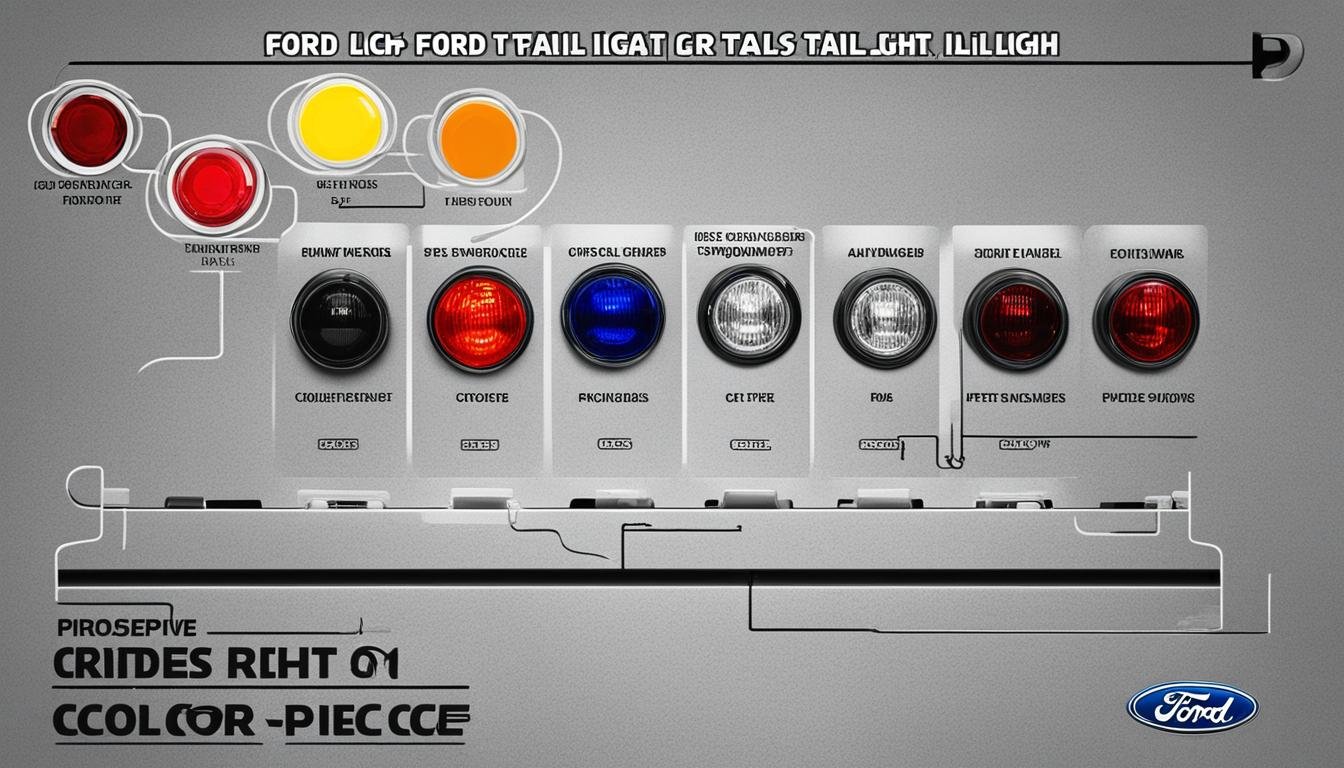
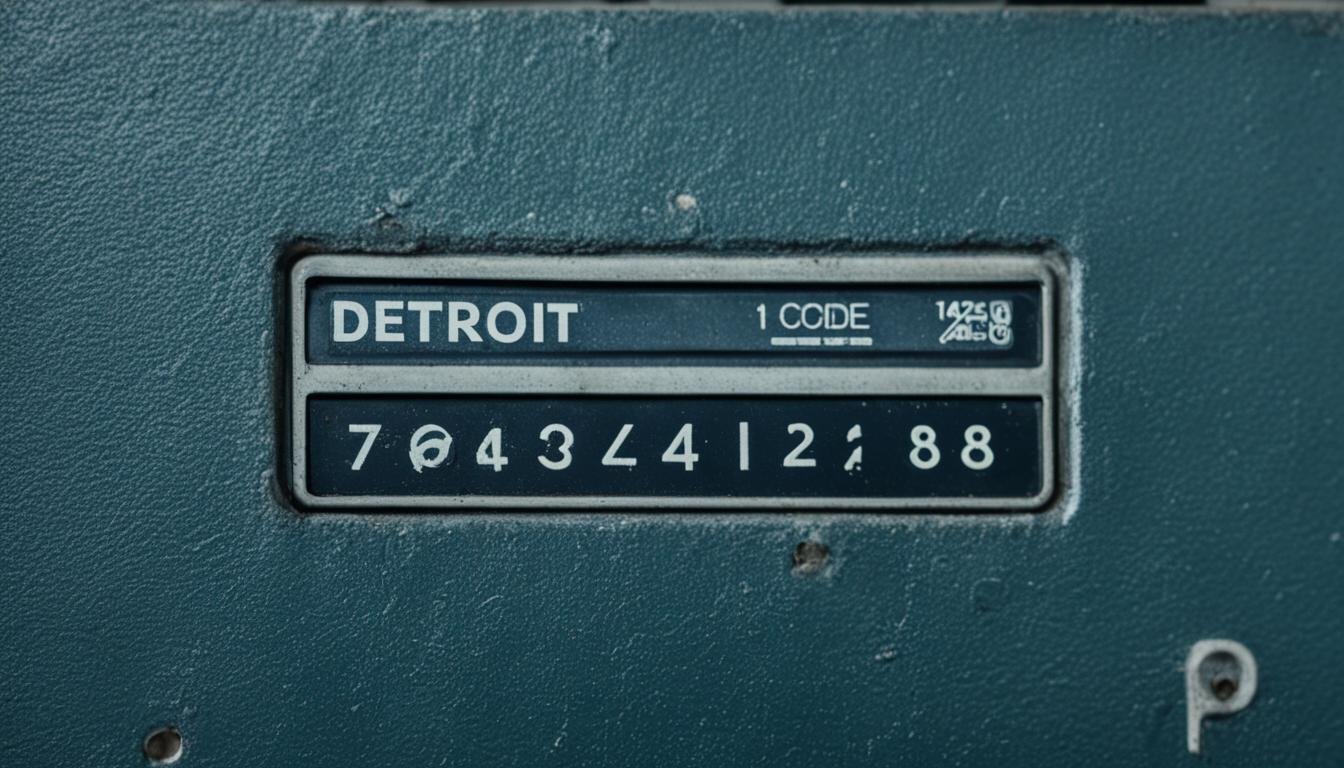

Leave a Reply